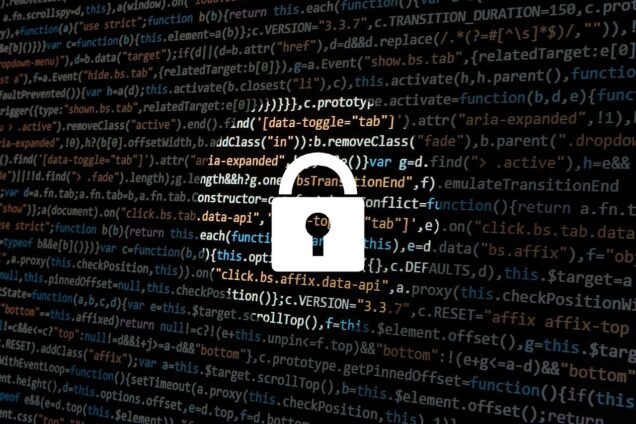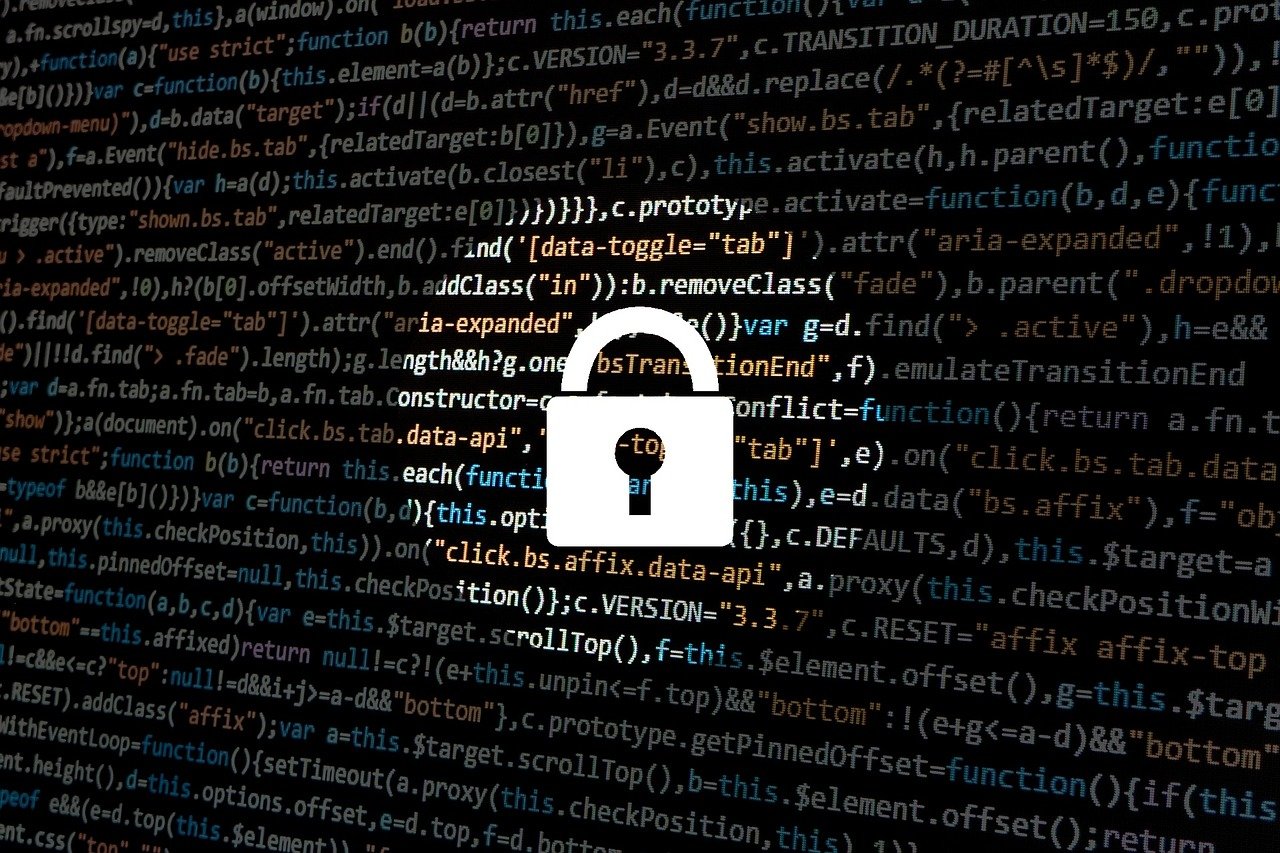To hack a Wi-Fi password, all you need to do is to intercept the communication, filter with a beacon command or eapol and export the captured packets to a computer. Then, you can use cracking software to break the password with ease. Aircrack-ng, rainbow crack, hashcat, and omphcrack are some examples of software available on the Internet.
This TechiePlus article discusses various tips for receiving wifi signals from a long distance.
Changing the Wi-Fi password
Changing your Wi-Fi password is free and easy to do. Changing the Wi-Fi password is essential for privacy reasons, mainly if you use the Internet to make online payments or conduct business. A compromised password gives hackers access to your device and your personal information. To protect your privacy, choose a truly random password. Making your password at least 17 characters lengthy and unique from any other online accounts is a decent rule of thumb.
To change the Wi-Fi password, search your router’s settings and look for a password entry box. You’ll see a box labeled Password, Passphrase, or Shared Key; once you’ve located the password box, type in the new password and press OK. The new password is now displayed on the screen. You may have to type it again if you forgot it. The password should be complex and hard to guess. Try using numbers and random cases. Use at least eight characters, but preferably more.
Changing the SSID
If you are having trouble finding the Wi-Fi password on a network, you can try a different method of downing the Wi-Fi. Windows users can do the same by changing the SSID of their router. All they need to do is replace the Xs with the SSID of the network. SSID is short for Service Set Identifier. Then, type in a different password.
One of the reasons why hackers target default SSIDs is that they are easy to guess, as they are often the same as the SSID of other users. Also, this reflects that the network owner has let their guard down a little, so changing it will help ward off potential hackers. After all, who wants to hack the Wi-Fi password of a neighbor? The best way to protect your network is to change the SSID to make it harder for hackers to guess it.
Using a cracking software
There are various ways to hack a Wi-Fi password. One of the most common methods is downloading cracking software from the Internet. These programs can be downloaded on your Windows or Mac laptop. They allow you to crack different password hashes and use them to gain access to a Wi-Fi network. They are designed to break different passwords and can be accessed with the help of a handshake file or the network name.
Almost every day, new cracking software for Wi-Fi security is released. Unfortunately, most of these programs lack a robust interface and spread viruses. You might have a fake or bogus program that can damage your computer. To be safe, use professional Wi-Fi password-hacking software. While you might find some free programs online, they may be fake or contain viruses, which is illegal.
Changing the router’s admin password
The default admin password can be guessed by hackers and used to gain access to your network. Modern routers generate a unique password, which includes upper and lower case letters and numbers. However, it is still possible to hack the Wi-Fi password by changing the default password. Because it exposes your home and network to attack, this method should only be used with caution. The solution is complicated, therefore it should only be used as a last option.
You can change the default admin password by logging in with the router’s username and password. These can be found on the router, the user manual, or the manufacturer’s website. You can then change the admin password to something more difficult for the hackers to guess. To protect your network, use longer network names with at least 15 characters. You can also use a password generator to create an impenetrable password.


